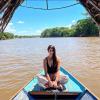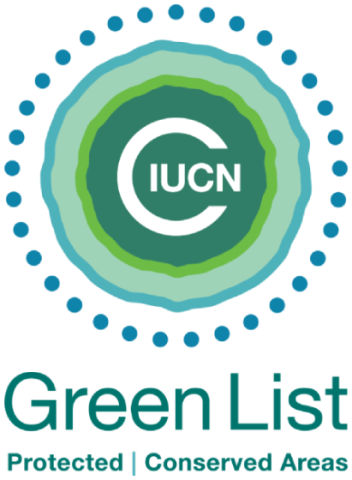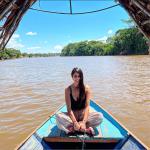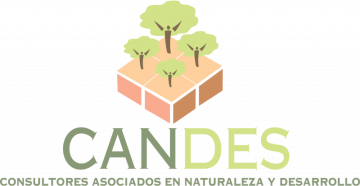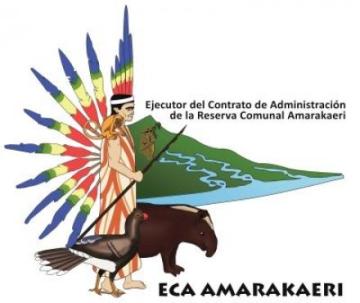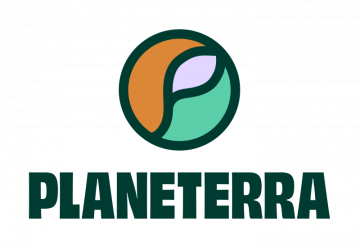
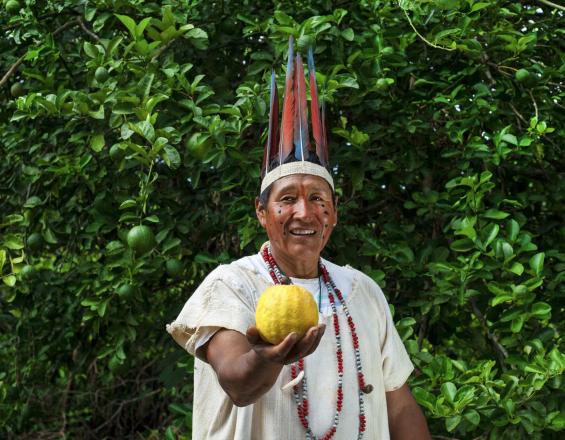
Together with Sernanp, ECA Amarakaeri co-manages the Amarakaeri Communal Reserve (RCA) on behalf of Harakbut, Yine and Matsiguenka native communities. They depend on the natural resources and landscape for tourism. However, because of the pandemic, tourism has been reduced and protected areas have suspended visits, affecting related communities as well.
With support from IUCN and Planeterra, Action Plans were developed in five communities, identifying objectives, goals and sustainable tourism activities that complement their economic activities. Activities included the following:
- Improve infrastructure for the provision of services.
- Strengthen the competencies of service providers.
- Consolidate commercial articulation.
- Optimize internal management to provide quality services.
- Promote the socio-cultural, economic and environmental sustainability of tourism.
- Restructure the tourism product for research profiles, conservation, congresses, students, etc.
Impacts
The activities have been designed according to the context and needs of each community. Therefore, the impacts are also differentiated. However, it is possible to group them at the organizational, economic and socio-cultural levels.
- At the organizational level, at least 15 community members have the capacity to develop sustainable tourism activities in their respective communities; each community has tourism management tools that allow for follow-up and feedback on the services provided. In Puerto Azul Mberohue and Boca Ishiriwe, the self-evaluation of tourism products has made it possible to identify segments (research, work, congresses) to adapt the products offered. In Shintuya, itineraries and tourism products have already been updated on websites.
- At the economic level, some communities have made more progress. They have family tourism enterprises that generate economic benefits for those who do not participate in tourism.
- At the socio-cultural level, 30 children and adolescents have been sensitized to cultural and natural values through family tourism experiences. In Shintuya, young people have gained access to temporary employment and a common fund for community use has been created from tourism activities.
